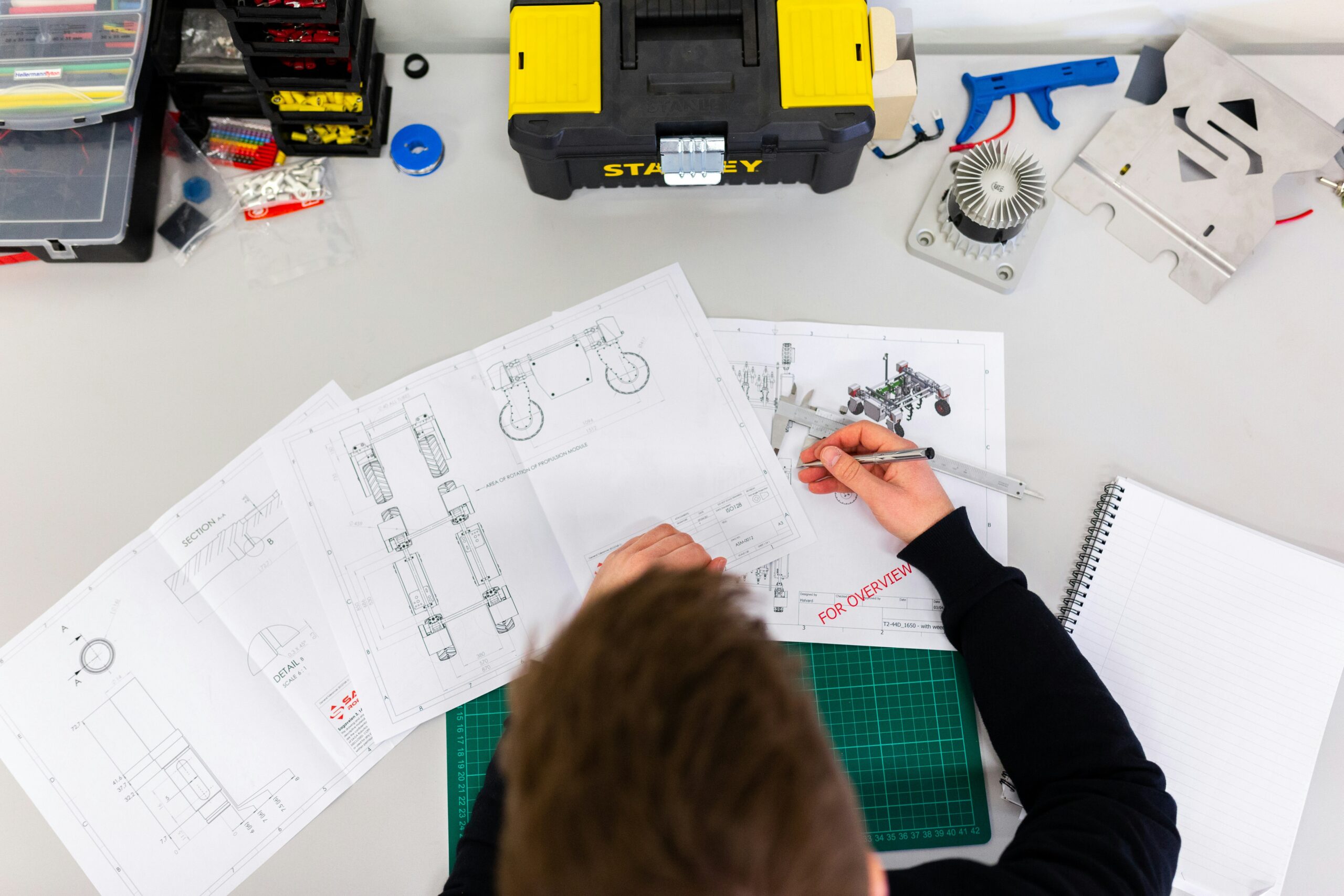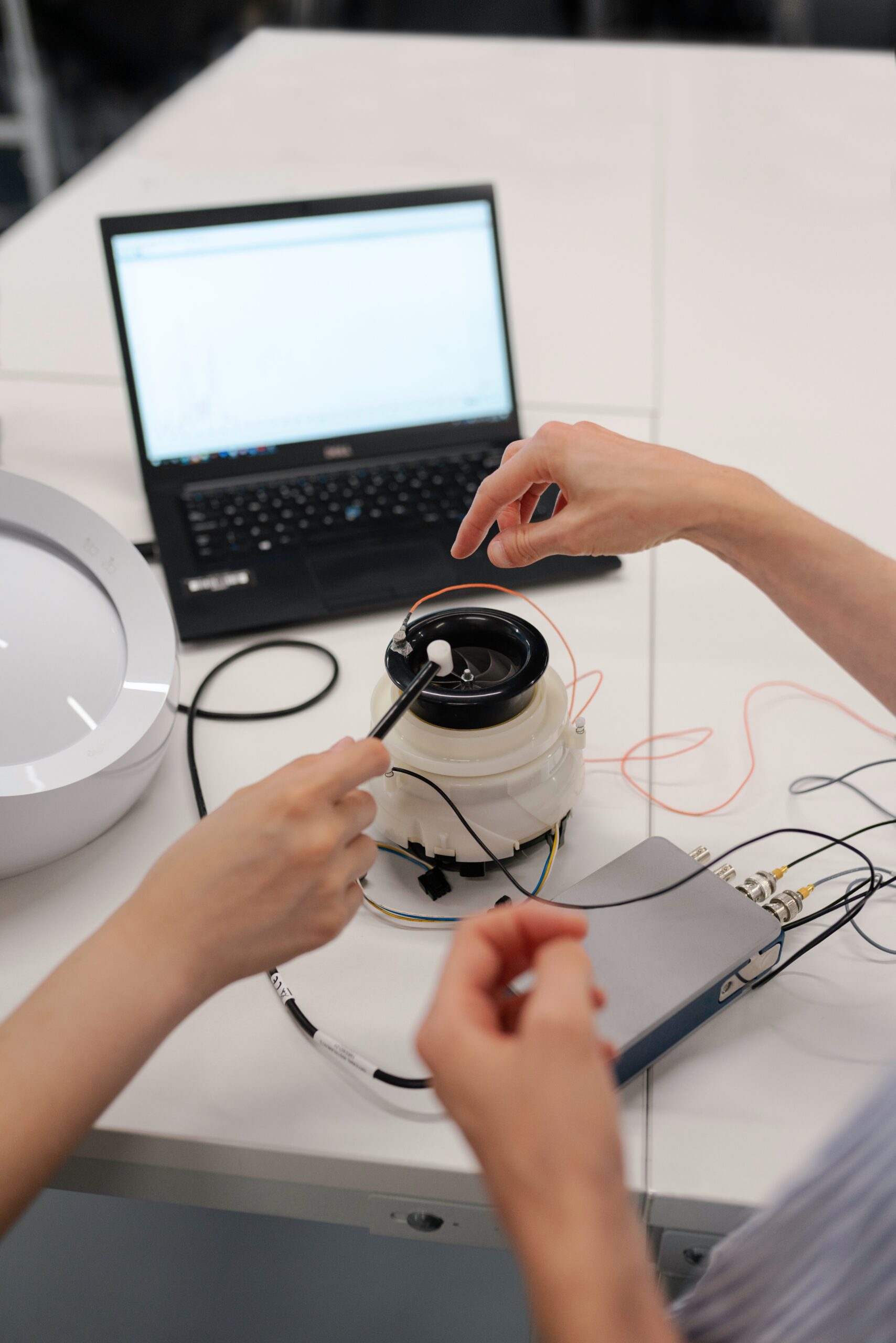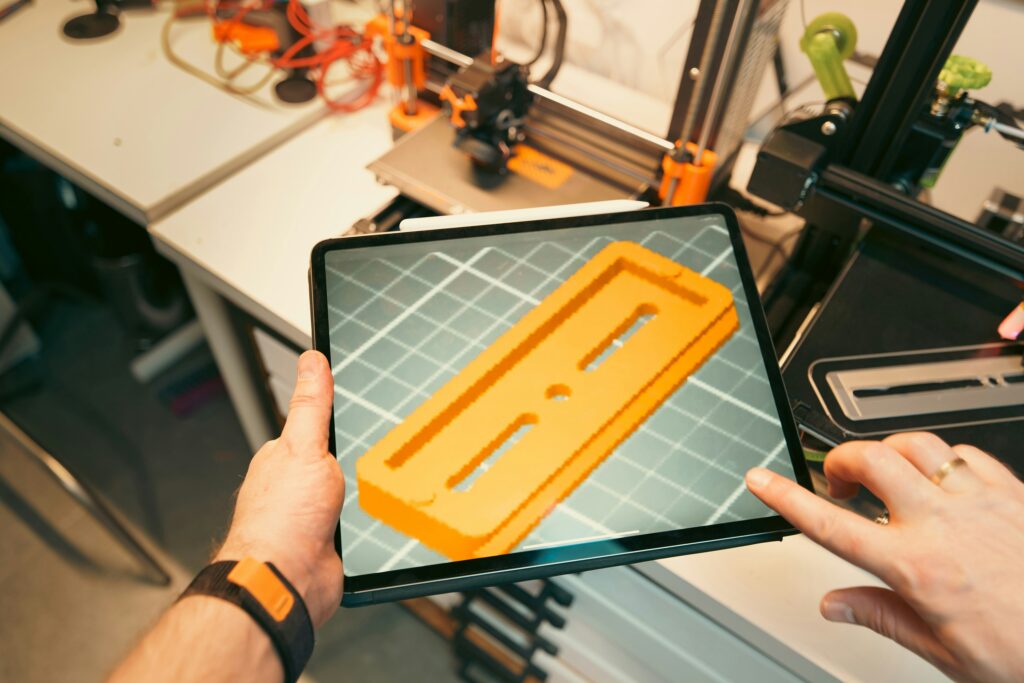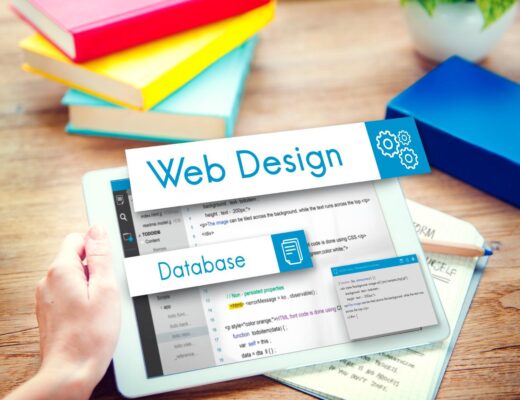15 Ways Digital Product Engineering Can Improve Your Business in 2025
Digital product engineering can help improve your business in many ways. Developing a new product can be a bit complex, full of uncertainties, and have some slight complications. However, product engineering can help to cut down the expenses, inefficiency, and ambiguity of the process.
Product engineering entails the creation and development of a product through its entire lifecycle. This is through the ideation, design, development, testing, launch, and product maintenance phases.
In all the phases, key attention is paid to ensuring quality products, great performance, lower costs, and reliability. Product engineering allows production in an organized and agile way suitable for the market.
It leverages cutting-edge technologies & methodologies and uses an integration of software engineering, UI/UX design, and other specialized disciplines to create innovative digital solutions.
According to the Markets and Markets report the product engineering service market will be worth $1510 billion by 2027. In this article, we will provide more information on ways digital product engineering can improve your business.

Image courtesy: Unsplash.com
What Are The Different Phases Of Digital Product Engineering?
There are 5 major phases of digital product engineering:
Phase 1: Ideation
This is the initial stage of product engineering which entails coming up with an idea, knowing how to strategically make it a reality, and being a successful product that will be well integrated into the market. The ideation phase requires thorough market research, product discovery, and analysis.
The stage should be finalized when there is a clear idea of the product, its objective, strategies to use, and what needs to be done to ensure seamless operations for the product.
It will also require conducting feasibility studies, creating product concepts & rough sketches, defining product requirements, planning resources, timeline & budget plus creating the roadmap.
Phase 2: Design
The design stage entails creating the product design considering whether it is software, app, etc. Thorough research should be done to know the frameworks or architecture that will be used in the creation of the product with the full functionalities and capabilities.
All product functions need to be assessed and discussed. The design phase also requires developing wireframes and UI/UX designs for software, creating CAD models & initial prototypes, and evaluating design feasibility and manufacturability.
Phase 3: Development and Engineering
This is the actual product development stage in which stakeholders are also involved to ensure proper production. It requires the brainstorming of expert developers, designers, and architects to ensure the product is developed as needed with the budget in mind.
The right methodologies should also be used to ensure the product has the right capabilities with up-to-date innovations. Product engineering will require writing code for software products, integrating different models ensuring compliance with industry standards, and optimizing for performance, scalability, & usability.
Phase 4: Testing
After product development, what follows is comprehensive testing to ensure the product meets the expectations it needs to during the ideation phase. It involves end-to-end testing and performance testing.
AI-driven tools can also be utilized for accurate results. The product needs to be checked thoroughly to ensure there is no imperfection before product release. The glitches can mess up market acceptance. Therefore, it will require running prototype testing in real-world scenarios to get user feedback and ensure quality assurance and regulatory compliance.
Phase 5: Product Launch
Once the product has been tested and all bugs fixed, the product can now be released on the market. However, even after launch user feedback should also be gotten and customer usage to know how best to improve it.
Additionally, product engineering requires continuous improvements to be beneficial to the users. Therefore, timely addition of features and upgrades will be needed. Moreover, maintaining product performance will be key.
Also, it will require setting up production or software deployment infrastructure, conducting pilot runs, deploying cloud-based or on-premise solutions, and regular maintenance.
15 Ways Digital Product Engineering Can Improve Your Business
There are various ways digital product engineering can improve your business:
1. Improve Product Development
The product engineering process can help to make products better, to ensure issues are detected early and the right procedures are followed. Also, issues will be flagged during testing with the right methodologies to ensure the highest quality products are released.
Therefore, with the right procedure, more focus will be geared towards the design and development even when using AI tools. Ultimately, this will reduce time consumption and lead to quality production of products.
2. Enhance Cost Saving
With great product releases, you are assured of more sales, which will increase the revenue. The use of automation and AI can reduce the dependence on manual skills, the use of cloud storage will ensure hardware costs are cut back and more streamlined processes will improve productivity at each stage of the process. Therefore, more revenue will ensure that the business continues to grow.
3. Better Team Collaborations
Product engineering will ensure there is a due process being followed. Therefore, there will be improved team efficiency with every team member knowing their role in each phase. The team members will feel involved and even get empowered along the way as they produce beautiful and efficient products.
A collaborative working environment will ensure greater success. When the workers are motivated, then you are assured of greater output.
4. Increased Product Personalization
With product engineering, you are assured that concepts, designs, and product development will be aligned with user needs. Therefore, it will resonate with the user’s needs.
The use of AI and machine learning also helps ensure the right personalization. It will also be easy to develop AI-enhanced products through Generative AI that improve user experiences.
5. Automation of Tasks
Through the use of Generative AI, businesses can easily automate routine tasks and enhance their customer service. Also, Generative AI can be used to create dynamic content or design interfaces that adapt to user preferences. Automation of tasks, will free up valuable time for other strategic activities and use AI for repetitive processes. The chatbots and virtual assistants can also help for efficient customer interactions. Therefore, more resources can be used in other ways.
6. Better Product Demonstrations Through Augmented Reality and Virtual Reality
AR and VR technologies are being used independently in other sectors like retail, healthcare, education, etc. Therefore, the use of the technologies can help improve products, training programs, and customer interactions. Virtual reality can be used to provide realistic training scenarios and interactive demonstrations.

Image courtesy: Unsplash.com
7. Blockchain Use to Track Product Authenticity
Blockchain can be used to check supply chain transparency which will reduce any fraud instances and ensure the authenticity of your business products. Also, it will boost secure data sharing across various platforms. It will also be easy to conduct secure transactions with reduced costs. The more accountable and transparent a business is, the more people will trust it.
8. The Use of AI and Big Data Can Help Personalize User Experiences
In the product engineering testing and feedback phase, the use of AI and big data will make it easy to analyze data for more tailored suggestions. Also, users will get personalized products based on their preferences.
Ideally, the advanced analytics tools will make it easy for businesses to evaluate and know what they need to work on with the marketing strategies being geared towards the end user’s needs.
9. Product Engineering Will Accelerate Innovation
The no-code platforms make it easy for non-technical users to create apps easily. This accelerates innovation while reducing dependency on developers. Therefore, businesses can thrive and adapt to market changes and better product development. Therefore, it will reduce the time it takes for a product to be released and lead to fewer costs needed to acquire certain manpower while responding easily to the changing business needs.
10. More Scalability and Flexibility
The use of cloud-native technologies will make it easy for a business to scale applications based on demand, deploy applications across multiple cloud environments, and ensure app reliability with built-in redundancy. The cloud-native apps support continuous integration and faster updates and improvements.
11. The Use of Internet Of Things (IoT) Will Improve Efficiency
The use of IoT to connect devices to an integrated network makes it easy for the collection and analysis of data. In industries, it can optimize production processes, improve efficiency across smart homes, and better monitoring in healthcare settings.
12. Utilize Eco-Friendly Solutions to Build Your Products for More Productivity
With the evolution of everything, it will be way wiser to develop technologies that minimize environmental impact. It will be crucial to adopt practices that conserve energy and promote sustainability.
Also, the use of renewable energy sources like solar can help reduce carbon footprint and sharing your sustainability initiatives with customers can be crucial to build trust.
13. Easily Refine Product Features
The use of agile methodologies such as Scrum or Lean will make it easier for teams to be more flexible and responsive to project scope changes to fit the current market conditions.
The approach will be crucial to refine product features based on real user feedback.
14. Improved Production Performance
Through the use of 5G technology, you are assured of faster and more reliable Internet connections for advanced digital products. Hugely, the 5G enhances remote work and smart cities’ real-time data processing.
The use of edge computing processes data close to its source, thereby reducing latency while improving performance. Edge computing enhances speed and reliability by minimizing the need for centralized data processing.
15. AI-driven security systems will Help Protect Against Data Breaches
With the increase in cyber threats, the use of AI-driven security systems, blockchain-based security solutions, and biometric authentication will help enhance protection against data breaches or cyber-attacks. The regulatory compliance tools will also ensure businesses meet industry standards.
Conclusion
Digital Product engineering is key to any business that wishes to retain a large customer base and also provide quality products. The use of AI, Innovative technologies, and Automation can play a huge role in the success of any business.
Quality is key and with the simplification of tasks, it will be much easier for product releases. All the phases of digital product engineering are key to success. Therefore, businesses need to be up to date, to ensure they follow the right procedure to stand out in the competitive market.
Image Courtesy: Unsplash.com
Discover more from Intela Designs
Subscribe to get the latest posts sent to your email.



